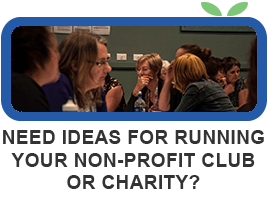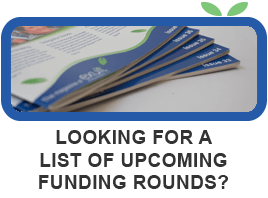Last updated October 12, 2018
Writing a press release is one of the easiest ways to get free publicity, but how do you make sure your press release gets published?
1. Make it newsworthy
There are 97,000 non-profit organisations in New Zealand, and they’re all a ‘good cause’. Unfortunately being a ‘good cause’ is not always enough, you need to find a newsworthy angle if you want to have a shot at media exposure. Perhaps your programme or event is the first of its kind, the last of its kind, the biggest, the oldest, or the longest. Maybe you have 3 generations of one family volunteering, or perhaps there is a celebrity connection. Find the point that makes your organisation different to everyone else.
2. Grab their attention
Write a single line headline that says what your story is about, but be careful not to make it so tricky that it doesn’t make sense. If you are sending the press release to your local media, make sure they can instantly tell it’s a local story, and if possible include photographs.
3. Cover the basics and keep it brief
You should be able to capture your story in less than a page, so keep it brief and stick to the point. Use a series of brief paragraphs to sum up different aspects and make sure you cover the basics such as who, what, where, when and why. Decide which of those things is the most exciting and use that point in the opening paragraph.
4. Add a human touch
A news story should look like someone has been interviewed, so include some quotes either from yourself, or another member of your organisation. If you are quoting somebody else, make sure you have their permission.
5. Make it easy to read
Always copy and paste your press release into the body of your email, so that it can be easily opened and read. You should also attach a copy of your press release as a Word document, double-spaced and in a plain, easy to read font. Before sending your press release, go back and double check all the details, including dates, times, venue and the spelling of names.
6. Include contact details
At the bottom of your press release include contact details of someone who can provide more information. Make sure that person knows to expect a call and is briefed about what they can, and can not talk about. If appropriate, provide a website address where the journalist can go for more information about your organisation, or the event specifically.
7. Build Relationships
The most important step in ensuring continued media exposure is to build relationships with your local media. Always make sure that you thank them for any coverage, return their calls and emails promptly, and be willing to make comment about other issues when you are asked. It’s all about people.
If you think this article would be useful for your members, you are welcome to use it on your website or in your newsletter. We just ask that you let us know where it is being used, and that you acknowledge our website at the bottom of the article. If you are using the article online, please include a link to our homepage.




